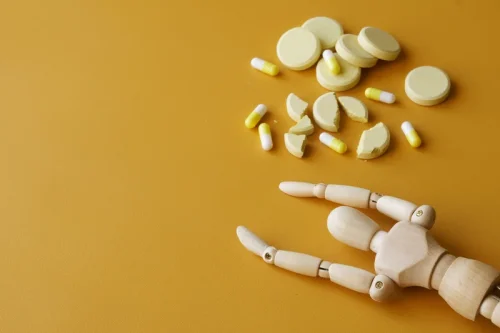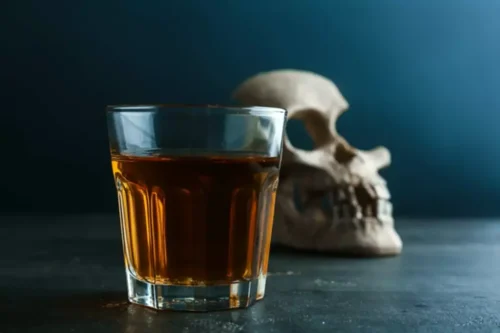
What Is An Alcoholic Nose Or Drinker’s Nose Rhinophyma?

However, this treatment is out of favor due to the causation of secondary skin malignancies. It’s crucial to remember that while you may get flushing and red bumps from drinking alcohol, a severe form of rosacea symptoms may appear while not unrelated to excessive alcohol consumption. The average alcohol intake of those with rhinophyma was 14 units per week, versus just 3 units of alcohol per week among the control group. Analysis revealed a statistically significant correlation between alcohol intake and severity of rhinophyma, with a heightened risk among moderate drinkers and the highest risk among excessive drinkers. So-called “drinker’s nose” is a common way to describe what is known as rhinophyma.
How Rosacea And Alcohol Abuse Lead To Drinker’s Nose

In the early stages, treatments involves medications, but in the advanced stages, it involves surgery. Tangential excision with secondary healing is a common method of treatment. Excision with a 10-blade scalpel, Weck blade, or disposable razor is performed until adequate debulking of tissue and visualization of the pilosebaceous units is achieved. This is done alone or with adjunct therapies such as dermabrasion and argon beam coagulator.58,59 The Shaw scalpel is a thermal scalpel used for excision of rhinophyma; the scalpel is set between 160°C and 200 °C.
- You and your doctor can decide which treatment option would be best for you.
- If you have rosacea and struggle with alcohol use, you might be putting yourself at risk of experiencing more severe side effects of rosacea.
- Additionally, a study published in the Journal of the American Academy of Dermatology noted that alcohol consumption increases the risk of rosacea in women.
- Whether a person is dealing with rhinophyma or alcoholism, it should not be acceptable to alienate a person or group of people due to a disease.
- It may lead to a reluctance to engage in social activities, affecting personal relationships and overall quality of life.
Treatments for ‘Alcoholic Nose’

If you already have rosacea or rhinophyma, drinking can make them worse and affect the appearance of the nose. Since rhinophyma is a form of rosacea, the treatment for rhinophyma is similar. Some people also avoid alcohol because they believe that it contributes to flare-ups of the conditions.
Rhinophyma Treatment

The truth is that studies have shown there is very little, if any, connection between alcohol use and rhinophyma. The condition is understood and treated as a condition that is totally separate from alcohol use disorder. There are four subsets of rosacea, and rhinophyma is thought to be the most severe of them all. It’s a progressive condition that forms gradually over years and is thought to be the result of an untreated, less severe form of rosacea.
- For many years, it was assumed that rhinophyma (a misshapen, red, bulbous nose skin condition) was the result of alcoholism.
- Rhinophyma is an entirely unique condition that is separate from alcoholism.
- Of course, avoiding alcohol isn’t always easy—especially for long-term drinkers.
- It is benign initially, but it may block airways and increase the risk of skin cancer.
- (D) Excess skin that has been “expanded” by sebaceous growth is trimmed.
The subunit surgical approach is reserved for the most severe rhinophyma exhibiting functional nasal problems and facilitates enhancing support and structure. Patients receiving treatment universally report both cosmetic and functional improvements post-operation. Choice of treatment does not appear to be dependent on severity of disease but rather is surgeon-/practitioner-dependent. Laser therapy, scalpel alcoholic nose excision (Shaw and cold knife), and the subunit method require a more advanced and niche skillset that is entirely surgeon-dependent. A variety of surgical treatments exist including dermabrasion, electrocautery, electrosurgery/radiofrequency, cryosurgery, cold knife excision, Shaw scalpel, and the subunit method. We highlight outcomes of scalpel excision, laser therapy, and the subunit method.


